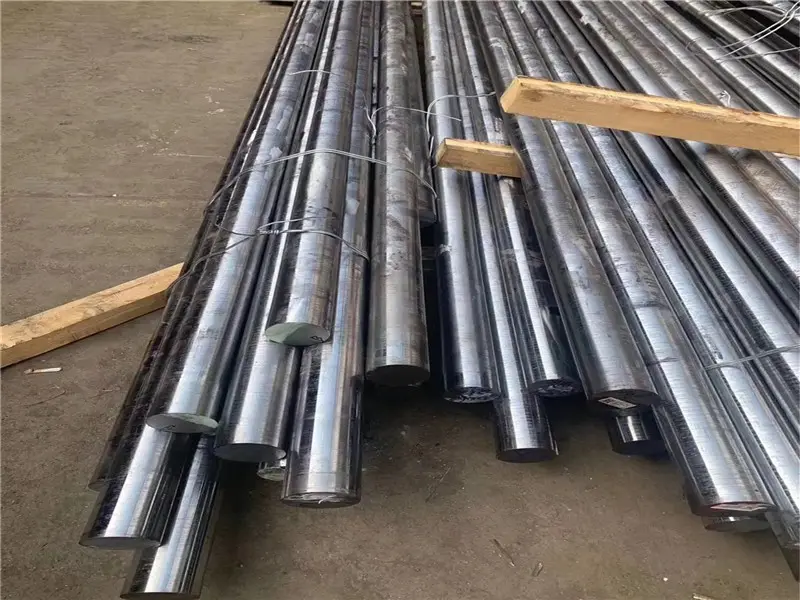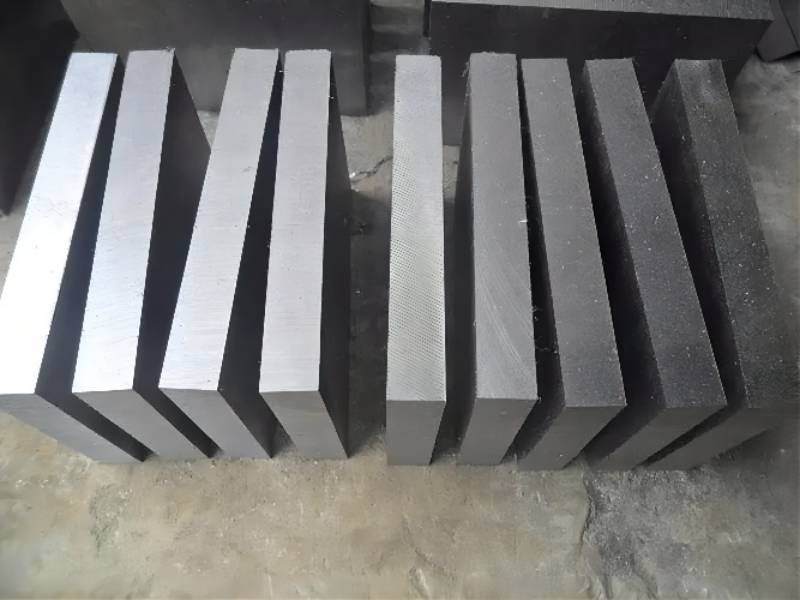For low-budget manufacturing, tools steels with many different expensive alloying elements may not be justifiable. Water-hardening tools steels offer a good compromise of cost and mechanical properties. These grades get most of their enhanced mechanical properties from high amounts of carbon and not from other alloying elements. They are rapidly water quenched to form hard, brittle microstructures that can withstand wear. Examples of water-hardening tools steels are W1, W2, and W3. They are frequently used for low-budget operations that require high wear resistance.






